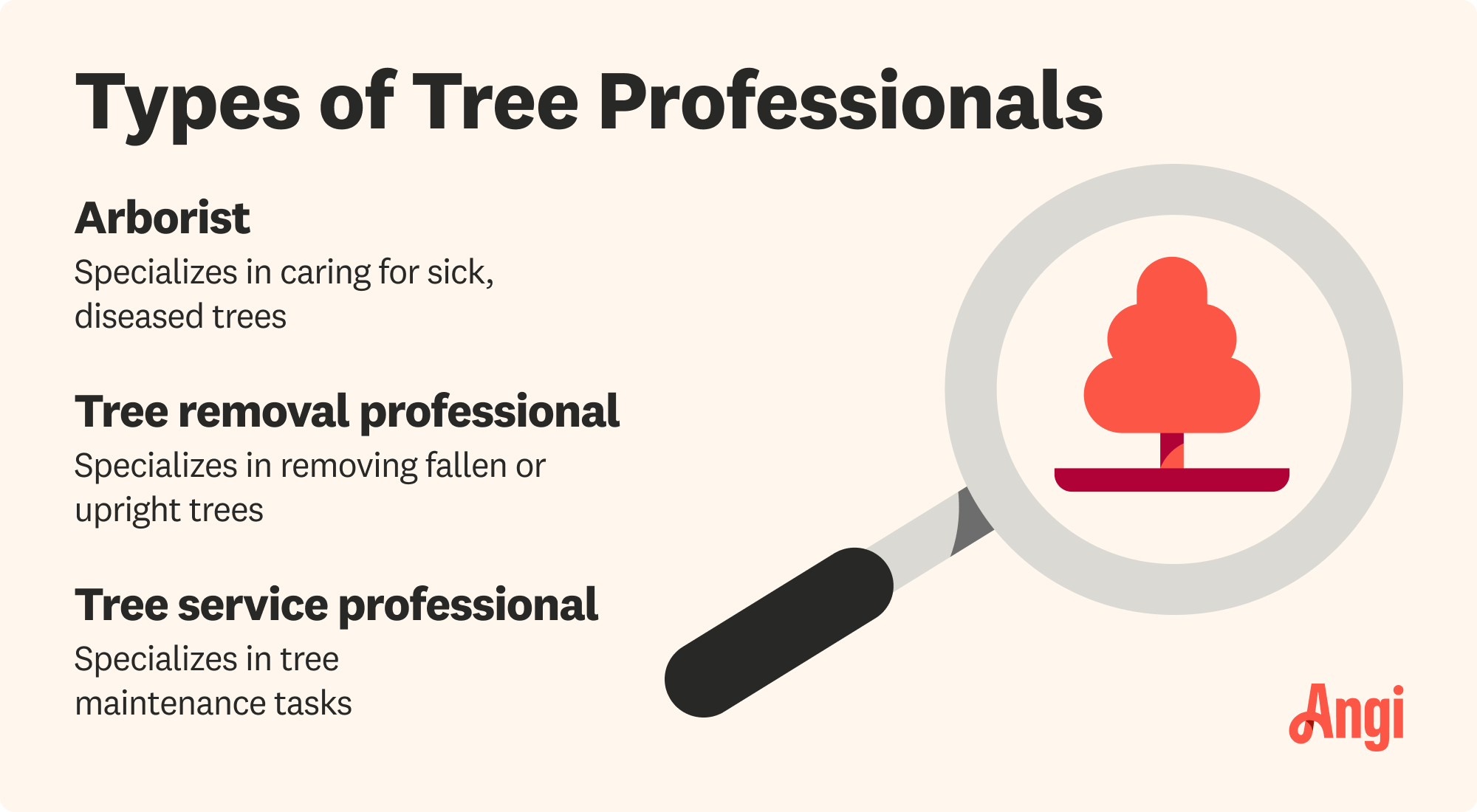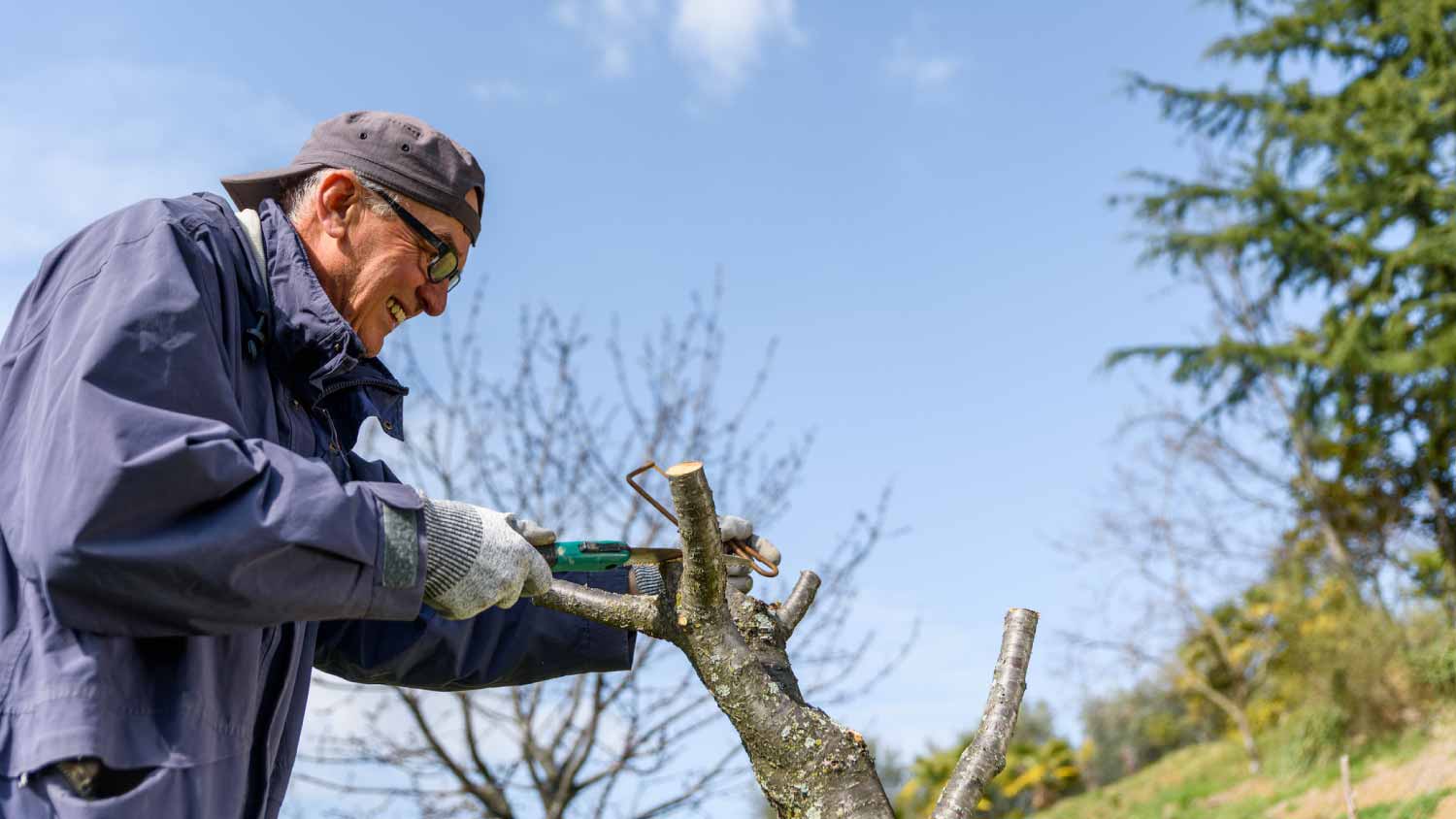
Get a clear estimate of palm tree maintenance cost, including trimming, fertilization, and pest control, so you can keep your palms healthy and your budget on track.
When the ground freezes, it may be a good time to call in a tree removal pro


Tree removal typically costs $200 to $2,000.
Winter is usually the cheapest time of year for tree removal.
Spring and summer are more expensive because arborists are more in demand.
Those in mild climates will notice fewer seasonal price differences.
If your tree is showing signs that you need to cut it down, you might be able to save a buck (or a few hundred) with some strategic timing. As it turns out, the cheapest time of year for tree removal depends on your local climate. This guide will tell you what you need to know to rack up the savings—even if you need to take down a tree during a busy time.

For the typical U.S. homeowner, the cost of tree removal is usually somewhere between $200 and $2,000.There's such a large range of prices because there’s a large range of circumstances. It’ll cost less to pull a thin-trunked tree out of the ground than it will to remove an oak tree towering over a three-story house.
That said, in some rare cases, you may be able to get your tree cut down for free. The laws vary from town to town, but many jurisdictions offer free tree removal if trees threaten a public space—like if roots are lifting a sidewalk. In this case, contact your city or utility company before you call a local tree removal service.

The coldest months—specifically February or March—are actually the best and, overall, the cheapest time to remove trees. Winter tends to bring outdoor projects to a screeching halt, but tree removal plays by a different set of rules. Some homeowners manage to save 20% or more by tackling this job during the winter, though the savings are less pronounced in milder climates. It all comes down to demand and nature.
Late spring and summer tend to be busy times for arborists and professional tree removal services. As trees come out of dormancy, you may start noticing damaged, sick, or dying trees. Heavy spring and summer storms with higher winds uproot trees and break branches, leading to more emergency tree removals. People also tend to schedule landscaping remodels for the start of the growing season. As such, you’ll pay more during the spring and summer because you’ll have good company.
Trees are dormant during the winter, so they drop their leaves and are easier to handle. Aside from directly after a heavy snowstorm, most areas don’t suffer from the same amount of weather-related tree emergencies that they do in warm weather. In fact, the frozen ground can even safeguard nearby plants. They’re less likely to accidentally uproot when the ground isn’t soft.

Depending on size, it can be dangerous (or downright illegal) to try and remove a tree on your own or without a permit. It’s usually best to hire a professional tree removal service near you—but your wallet doesn’t always need to take a hit. Even if you can’t wait until winter or live in a mild climate that’s less susceptible to seasonal price differences, there are still ways to save:
Ask for bulk discounts: Your contractor may be willing to cut a deal if you remove multiple trees or tack on additional landscaping services.
Get quotes from three contractors: Multiple bids will help you gauge a fair market price, but always check references and credentials. Tree removal services require a license—and the license varies depending on local requirements. If a quote looks too good to be true, it probably is.
Handle the clean-up: Depending on the size of your tree and vehicle, you may be able to save some money by hauling the debris away to the dump (keep in mind, this can be a big job and risky in its own right).
Leave the stump: You don’t always need to remove the tree stump, though it can start growing new shoots. If the root system isn’t at risk of damaging property, you can save money by leaving the stump in place.
Only DIY the small stuff: If your city doesn’t require a permit and you’re handy with a saw, you can remove a small tree in a few simple steps. Keep in mind that the larger the tree, the more dangerous the job.
From average costs to expert advice, get all the answers you need to get your job done.

Get a clear estimate of palm tree maintenance cost, including trimming, fertilization, and pest control, so you can keep your palms healthy and your budget on track.

Trimming your bushes is one of the less costly aspects of landscaping, and it’s helpful to bundle many trimming services together to save money.

Tree inspections can ensure your trees stay healthy and safe, preventing costly damage. Learn how much tree inspections cost and what can affect the price.

To remove a tree, you’ll need tools like a chain saw, wedge, wood chipper, and more. Keep reading to discover the top tree cutting tools for your next project.
Trees add natural beauty and shade to your yard, whether it’s a mighty oak or a fragrant olive tree. Learn how to protect trees during construction in this guide.

Tree felling requires strategic cuts to make the tree land accurately. Check out the types of tree felling cuts and notches used for various conditions.